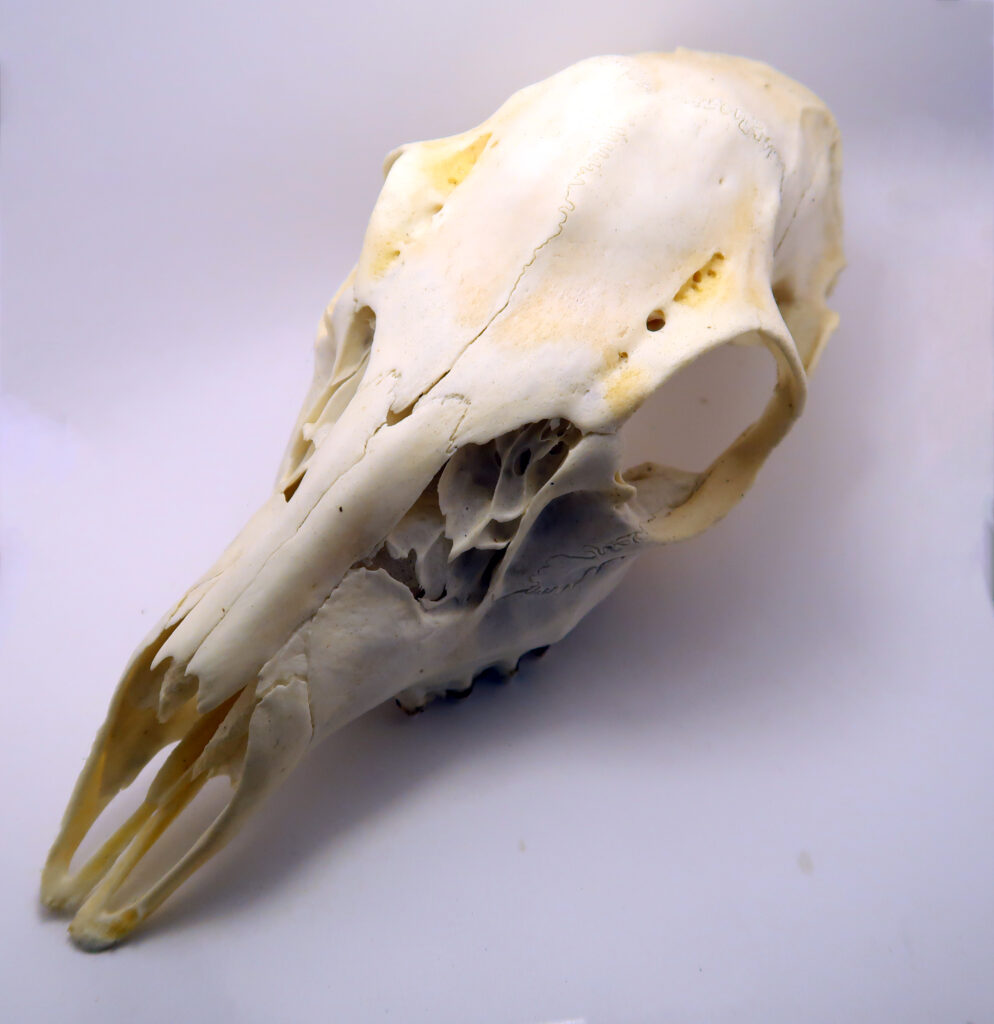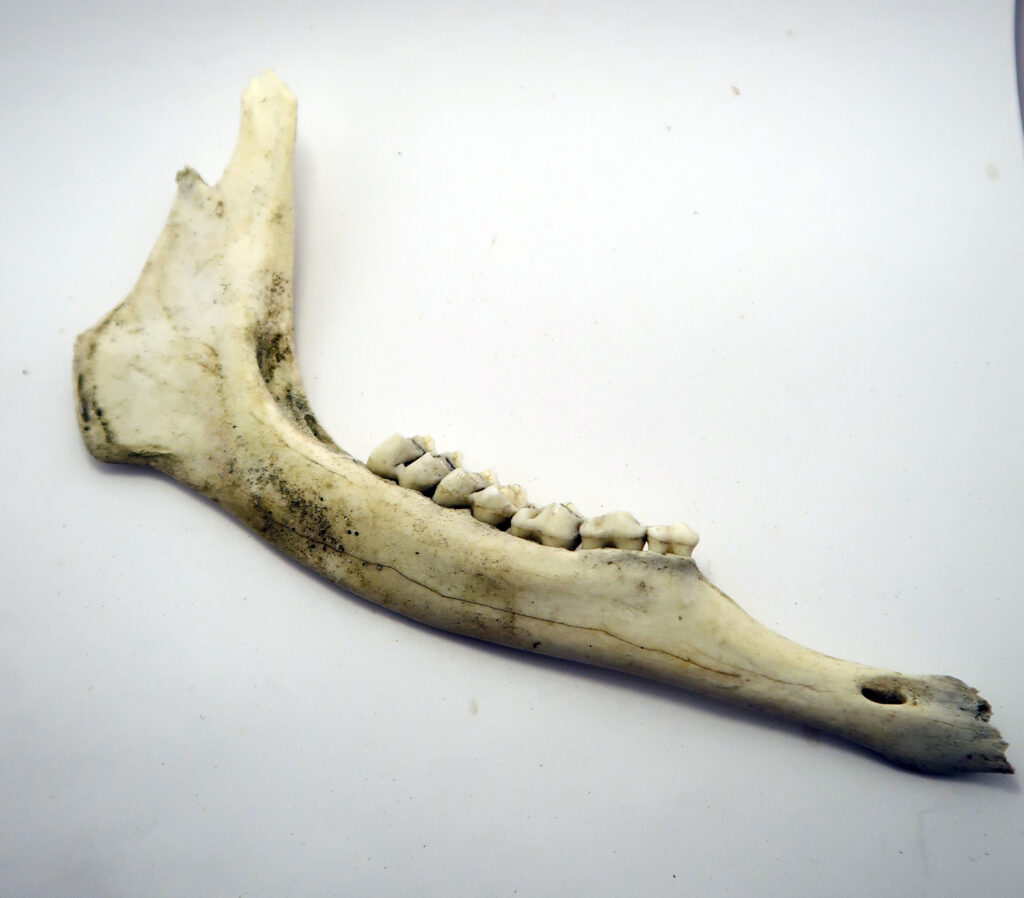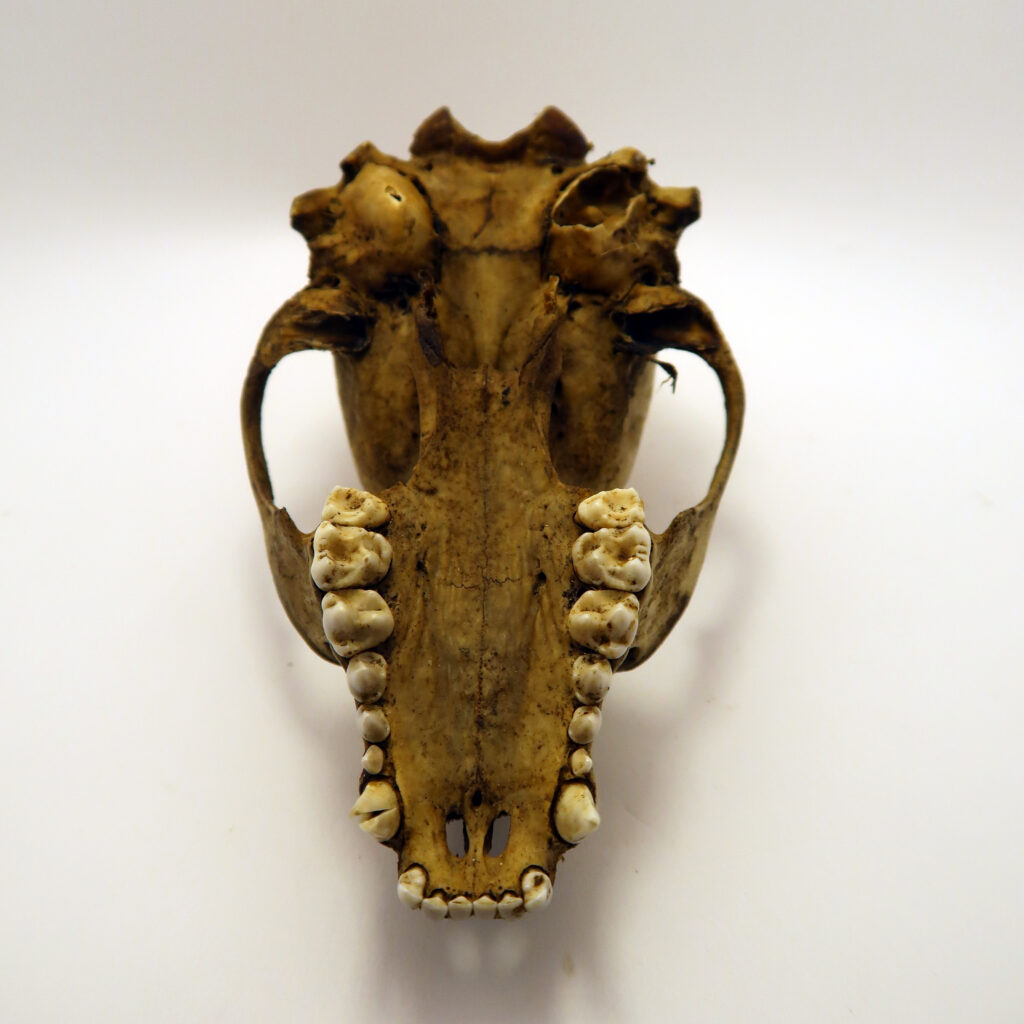Terrestrial Mammals
Mammals are a group of animals that are warm-blooded, breath air, and have hair. Female mammals also produce milk to feed their young. Most mammals give birth to live young, although there are a few exceptions, such as the platypus, which lay eggs. Terrestrial mammals are mammals that only live on land. There are more than 5,400 species of mammals and approximately one-fifth are known to be threatened or endangered. The biggest cause of terrestrial mammalian decline is habitat loss; humans have converted large areas of forests, grasslands, rivers, and wetlands into non-natural ecosystems. This widespread habitat loss has resulted in many species being lost.
There are approximately 120 species of terrestrial mammal in British Columbia. This includes everything from bats, to bears, to rabbits! The variety of mammals spotted in the Esquimalt Gorge Park is not overly high, but they make up for it in abundance. The three most commonly spotted terrestrial mammal species in Esquimalt Gorge Park are the common raccoon, Eastern grey squirrel and Columbian black-tailed deer.
Deer
Deer are a common group of ungulates, or hooved mammals. They are in the order Artiodactyla, which means that they have an even number of toes. The other main group of ungulates (Perissodactyla) has an odd number of toes. British Columbia is home to three different types of deer: mule deer, black-tailed deer and white-tailed deer. The key to differentiating these three from each other is their size, tail colour, and antler branching pattern. Mule deer are the largest, and have black-tipped tails and dichotomously branched (forked) antlers. Black-tailed deer are the smallest of the three, with an almost completely black tail and dichotomously branched antlers. White-tailed deer have an intermediate size, a triangular tan and white tail, and antlers that are not branched. The antlers of these deer are made of bone, and are only found on male deer. Deer shed their antlers in mid to late winter, and the older bucks tend to shed theirs before younger bucks.

Deer Teeth
Scientists can tell how old deer are based on their teeth. Deer have baby teeth which they loose at 18 months old, then their adult teeth wear down at about 1 mm/year.
Deer Skull
Deer skulls have no upper incisors.
Deer Jaw
Deer teeth are all very similar in shape and are designed for grinding vegetation.
Check out Wild Safe BC for more information.
Raccoon
The common raccoon is the largest member of the procyonid family, measuring up to 70 cm and weighing up to 26 kg. Raccoons have grey fur, with a dense underfur that provides extra warmth in colder climates. The three most distinctive features of the raccoon are its dexterous front paws, black facial mask, and bushy ringed tail. Raccoons are often noted for their intelligence; studies have shown that they are able to remember solutions to problems for up to three years. Raccoons are omnivores. Typically their diet is about 40% invertebrates, 33% vegetation and 27% vertebrates. They are typically nocturnal creatures, meaning that they sleep during the day and forage at night. Raccoons originally inhabited deciduous and mixed forests, but they are extremely adaptable and are now found in mountainous areas, coastal marshes, and urban areas.

Raccoon Skull (Top)
Raccoons have thick heavy skulls and a relatively short rostrum.
Raccoon Skull (Underside)
Raccoons have a mix of sharp teeth for tearing and flat teeth for grinding, allowing them to eat a wide variety of foods.
For more information check out Raccoon World.
Bear
The Vancouver Island black bear (Ursus americanus vancouveri) is slightly larger than mainland black bears. They have large skulls and only have a black colour phase, while other species of black bears have brown phases. Male Vancouver Island black bears can weigh up to 275 kg, and females can weigh up to 180 kg. They are distributed across the island, with high concentrations in uninhabited low-lying forests. Vancouver Island black bears can live up to 20 years and their population on the island is typically considered stable. They are omnivorous, and can eat berries, grasses, small mammals, shellfish and salmon. Unlike many other black beer populations, they are often active during the day time; this is most likely due to the lack of brown bears on the island. Though the Vancouver Island black bear population is currently stable, it is threatened by hunting. Annually approximately 700 bears are killed, and it is widely believed that this number is too high for long term survival of the population.

Vancouver Island Black Bear Skull
Black bears have 42 teeth: 12 incisors, 4 canines, 16 premolars and 10 molars. Their long, pointed canines and flat molars are specially adapted to an omnivorous diet of vegetation, nuts, berries, insects, and meat.
For more information check out Bear Conservation.


